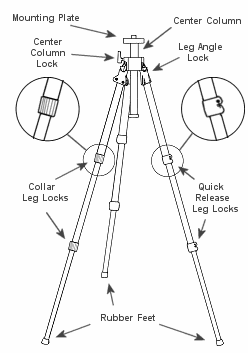
During the shoot, I really enjoyed being able to shout out Industry terminology whilst filming.
Tems such as :-
Standy By/ Standing By - prepares the team into position for the take. The assistant director calls 'stand by' and the response tells them that everyone is prepped.
Turn Over/ Turning Over - Also could be said (Roll Film, Rolling etc.) This is when the director tells the camera man to start filiming. A few seconds of film is then run to get the camera running properly. This can also be referred to a 'Lead In'. Aftrer announcing this, the camera operator will respond saying 'rolling' representing that the camera is up to speed.
Action! - This is the cue for the actors to start performing, and the crew to start work.
Cut! - this is the cue for the camera to stop rolling and actors to rest. Industry experts believe that the camera operator does not cut before being told.
Overall I really enjoyed using the camera, although it took alot of time and patience. It is a huge contrast from the still shooting camera and has much more versatility. But is of course, far more complex. But once the technique is learnt everything is a lot easier. But I really enjoyed the experience as it really taught me what a set would be like and what to expect. It was really exciting and using the terminology and filming jargon really set an atmosphere.










